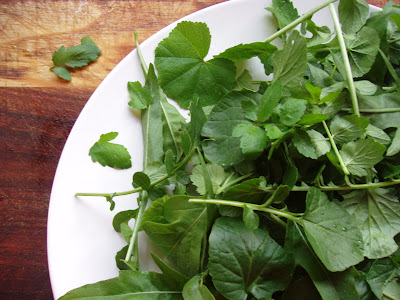I first moved to Brunswick almost twenty years ago. I was a student, living with friends; and we moved here because it was close to the university and, at that time, affordable. After a childhood in the more affluent leafy suburbs and an adolescence in the tree lined suburbs of Virginia, I was shocked by my new neighbourhood. There were no trees. There were no nature strips. There was no shade, and that first long hot summer I saw mirages everywhere. Each long wide road shimmered with heat; and cool blue pools, tricks of the eye, rippled and beckoned. I remember sitting on the end of my bed and sobbing, sure that I had landed in hell.
Since then, of course, I have fallen in love. For one, the suburb has changed: trees have been planted; parks have been tended; cafes and bars and interesting little shops have proliferated. But for the most part, I have acculturated. I have learned to drink my coffee thick and black; I buy my groceries at the Lebanese and Middle Eastern and Mediterranean wholesalers; I have turned my yard into a food garden. And, between grabbing milk thistles for my chooks and herbs for my family while I'm out and about, I am beginning to resemble one of those Greek grandmothers who wander our streets carrying bunches of leaves.
I keep a plastic shopping bag in my pocket to grab choice weeds, and more and more shun the floppy flaccid foliage that is for sale at most greengrocers. I've been aided by a little book which I recently picked up, Edible Weeds and Garden Plants of Melbourne. It is a photographic guide to the most common edible weeds, along with notes on their nutritional value, growth habit, and the best ways to eat them. I had already eaten many of the weeds in the book, but I was delighted to discover some new ones.
Mallow is everywhere you look. It has a flat, wide growth habit, and the leaves are very distinctive, whether they are an inch across or the size of the palm of your hand. We always have small plants in the garden; but now I also whisk it out of roadside plantings, people's front yards, and wherever else seems a reasonably safe place to pick it. I've been eating it Indian style; I've cooked it up with and without borage leaves in horta; and I've been tossing the smaller soft leaves into salad.
When I'm not wandering the neighbourhood looking for mallow and other goodies, I'm in the garden assembling a salad of soft leaves. You can mix baby mallow leaves into any salad; the photograph shows mallow with salad burnet, two types of rocket, and land cress for a bit of a kick. Salad burnet has a light soft cucumber-y sort of flavour; and land cress, for all its heat, is also reminiscent of cucumber; they go very well together, two themes on a motif.
Such a salad doesn't have a recipe, of course; instead, it's just a gentle reminder that there is a world of good things to eat growing just outside the door – and, if you spend a weekend planting edible herbs, you'll have even more choice. There is little you can eat that is more sustainable than a handful of weeds and herbs dressed with a squeeze of lemon from the tree; and little else that tastes so clean, fresh and good. And it's all growing right here, in the concrete jungle that is Brunswick.
Green Salad - 1 handful baby mallow leaves Wash the leaves carefully, and spin or pat dry. Do not refrigerate. Cold leaves lose their softness and delicate flavour; thus a leaf salad should always be served at room temperature. Of course, if you must wait hours between picking and eating, refrigerate, but allow enough time beforehand for the greens to come to room temperature before you serve them. Sprinkle a good pinch of salt into your salad bowl or platter. Add the lemon juice and a nice drizzle of olive oil. Taste for sharpness, and adjust as necessary. Throw in the dry leaves and, using your fingertips, toss gently but thoroughly until each leaf is glistening. Serve immediately. Best eaten with fingers (nyuck nyuck), or a local organic traceable rump steak, bloody juices drizzled over the salad. Yes, I do eat a steak from time to time. Shocking, isn't it? I bought my copy of Edible Weeds from Bee Sustainable, a fantastic shop which sells all sorts of tools to make your own stuff (bee hives, olive presses, Fowler's preserving kits and parts etc); local honey, jams, panforte, candles and soap; open pollinated seeds; and lots of good books. You can also order Edible Weeds direct from www.hellolittleweed.com. The author hosts weed walks all over Melbourne, for which you can book on the website. If you're not sure what exactly is edible, you may wish to do a weed walk before you go out foraging. If you do decide to forage on the basis of this blog, use your common sense. Eat only what you know to be edible, avoid areas which have been sprayed, and don't eat anything that is near a steaming pile of doggy doo! All care but no responsibility is taken for the information on this blog. (Backyard / gleaned: all salad leaves, lemon. Wimmera: olive oil, salt.) |










No comments:
Post a Comment